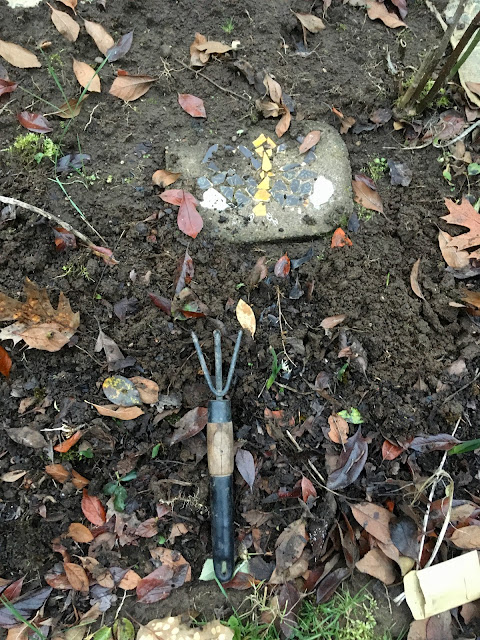1. Read a novena:I've been reading this Creation Novena from the Indian Catholic Matters site:
Day 8: A Prayer for Vulnerable People
Creator God, we give thanks for means to care for the poor. We give thanks for their resilience, for their strength, and for their example. We give thanks for the opportunity to know them, to serve them, and to love them.
As climate change troubles those who live and work so closely with nature, help us grow in solidarity. Help us follow the words of Proverbs, to “Speak up for those who cannot speak for themselves, for the rights of all who are destitute.”
Help us speak truth in the presence of corruption, selfishness, and short-sightedness. Help us speak prophetically to our brothers and sisters, and to reflect on Your truths in our own lives, that we may change our habits to truly care for all Your beloved children.
We ask this through Christ, our Lord. Amen
Oregon Sunshine (Eriophyllum lanatum): I bought a packet of Oregon Sunshine from Northwest Meadowscapes; Oregon sunshine is a cheerful, drought-hardy plant for dry sites and hot summers! The long-lasting blooms attract bees, butterflies, and beneficial syrphid flies. The foliage is also a host plant for caterpillars of the painted lady butterfly (Vanessa cardui). It is unique for being native to both sides of the Cascades. This compact, summer-blooming plant has a clumping growth habit and typically only reaches about a foot in height. The plant produces incredibly cheerful masses of bright yellow flowers which makes this a great plant for both meadows and for formal flowerbeds. it is a long-lived plant, it’s deer-resistant, and it’s ready for the some of the harshest climate conditions any plant in our region might someday face. A perfect plant for an uncertain future. Plants can be established by seed or seedlings. It is slow to mature from seed. Sow seed outside in fall to late winter. (Note: Next spring, I'll thin plants 6 to 18 in. apart.)
Globe Gilia (Gilia capitata): One of the easiest, most reliable, and fast-germinating showy annuals. By May it begins bursting upwards with multiple cheerful bright blue flower stems on each plant. In normal years, these blooms can continue into July. Globe gilia is very attractive to honey bees, and small ground-nesting sweat bees, especially on warm mornings; also the Propertius duskywing butterfly. Gilia tends to stay about knee-high, but can get taller in very rich soils. Note: This plant tends to disappear after the first or second year and can be introduced back into established meadows by periodically scratching open bare patches of soil in the fall and scattering seed into those openings.
Large-Flowered Collomia (Collomia grandiflora): With creamy orange-white blossoms that spring forth from a large round inflorescence at the top of a phlox-like stem, this plant definitely stands out. Look closer and you'll find bright blue pollen on the flower's anthers. Watching bees remove and carry off those bold blue packages is something you will never forget. Large-flowered collomia is native from British Columbia to Southern California, and typically grows to about 2-feet in height. It readily grows from seed with little care. A great annual wildflower for that tough combination of dry soils and partial shade, although large-flowered collomia will tolerate full sun and mesic soils as well. Would do well in mass plantings around house foundations, or under shade trees where other plants struggle.






No comments:
Post a Comment